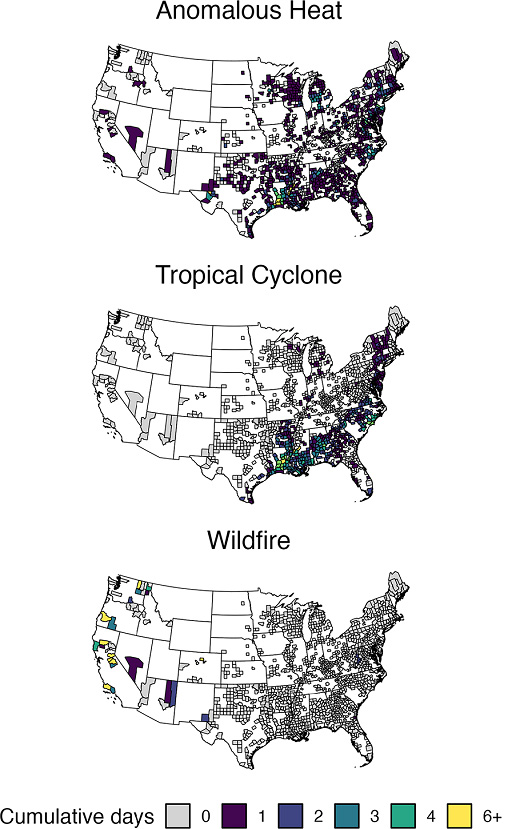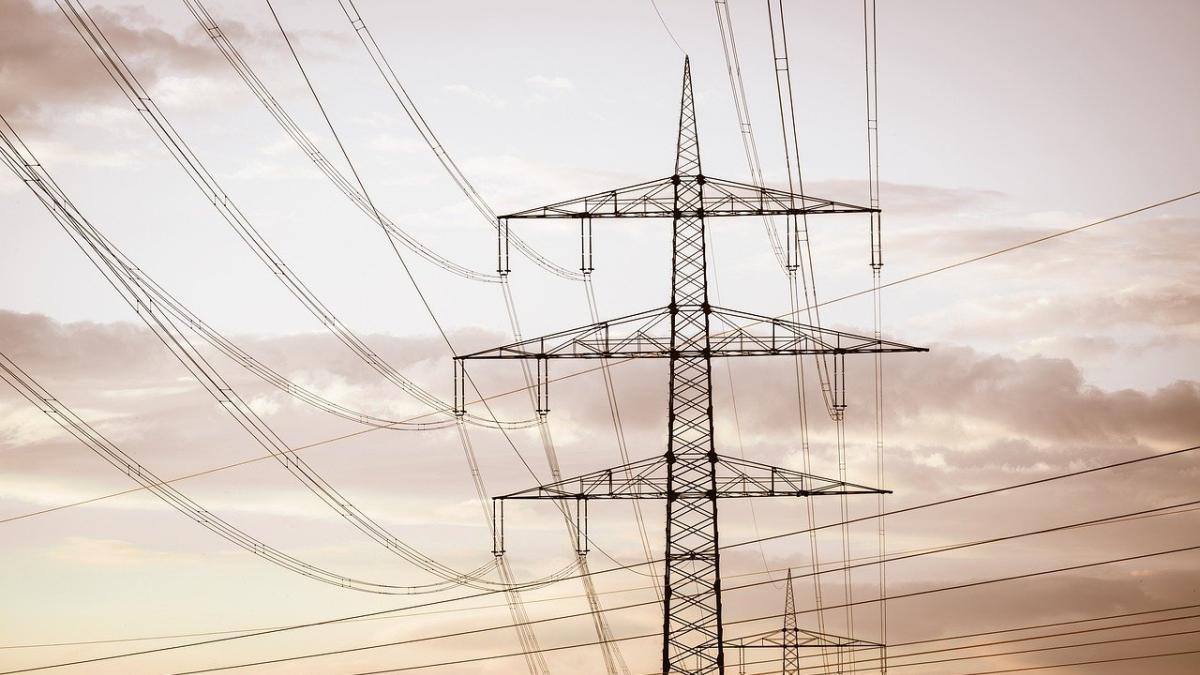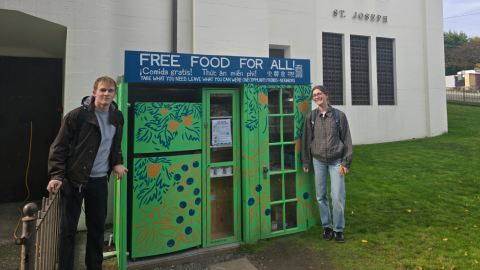Whether it’s a blizzard, a heat wave or a wildfire, severe weather is often quickly followed by a power outage.
As demonstrated in the recent Los Angeles wildfires, these combined events can be associated with major economic costs and health risks. Loss of power can disrupt medical equipment, heating or air conditioning, and other important systems.
A new study in the journal PLOS Climate by researchers at the UW, Columbia University and other institutions shows how these combined weather events and power outages vary regionally across the United States, providing information that could bolster hazard response plans in a changing climate.

“Power outages that co-occur with one or more types of extreme weather may have higher health risks since they reduce communications, indoor heat and cooling, and ability to run air filtration,” said Joan Casey, associate professor in the UW Department of Environmental & Occupational Health Sciences (DEOHS) and senior author of the study.
Responding to community concerns
“Understanding patterns of where and when power outages and severe weather events co-occur is crucial for informing strategies to minimize societal consequences, especially as the electrical grid ages and climate change drives more severe weather events,” said Vivian Do, a PhD student at Columbia University and the paper’s first author.
In an earlier study, Casey and colleagues identified four regions of the U.S. that are hit most frequently by power outages. The research sparked questions that the team addressed in this new study.
“Every time we spoke to someone about our prior paper, this is what they wanted to know,” Casey said. “Which types of weather co-occur with outages in California? In Southern Louisiana? In rural Maine?”
In the new study, researchers compiled data from 2018 to 2020 on severe weather events (including rain, snow, heat, cold, cyclones and wildfire) and large-scale power outages lasting eight hours or more for over 1,600 counties across the United States.

The data reveal that nearly 75% of these counties experienced major power outages alongside severe weather events during this three-year period, and over 50% of counties experienced outages alongside multiple simultaneous weather events.
Regional trends in severe weather-related outages
Outages most commonly occurred alongside severe precipitation and heat, but the events are not distributed evenly, with precipitation-associated outages more common in the Northeast U.S. and heat-associated outages more common in the Southeast.
“In light of the recent LA fires, it’s notable that we saw an increasing proportion of California power outages co-occurring with wildfires between 2018 and 2020,” Casey said. “Further, nationwide, we found that when a county experienced a wildfire, 2% of the time, it also had a power outage.”
Oregon and Washington state also saw many co-occurring wildfires and power outages. In 2020, wildfires accounted for over 25% of severe weather events co-occurring with power outages in Oregon. However, the most common types of severe weather co-occurring with outages in both Pacific Northwest states were snowfall and extreme precipitation.
The researchers note that reliable data was not available for all U.S. counties, so information is limited in regions such as the Southwest and Mountain West. Do and colleagues suggest that further research providing additional data, along with simulations of severe weather combinations in different locations, will be useful for developing mitigation and response tactics.
Adapted from a release by PLOS.




